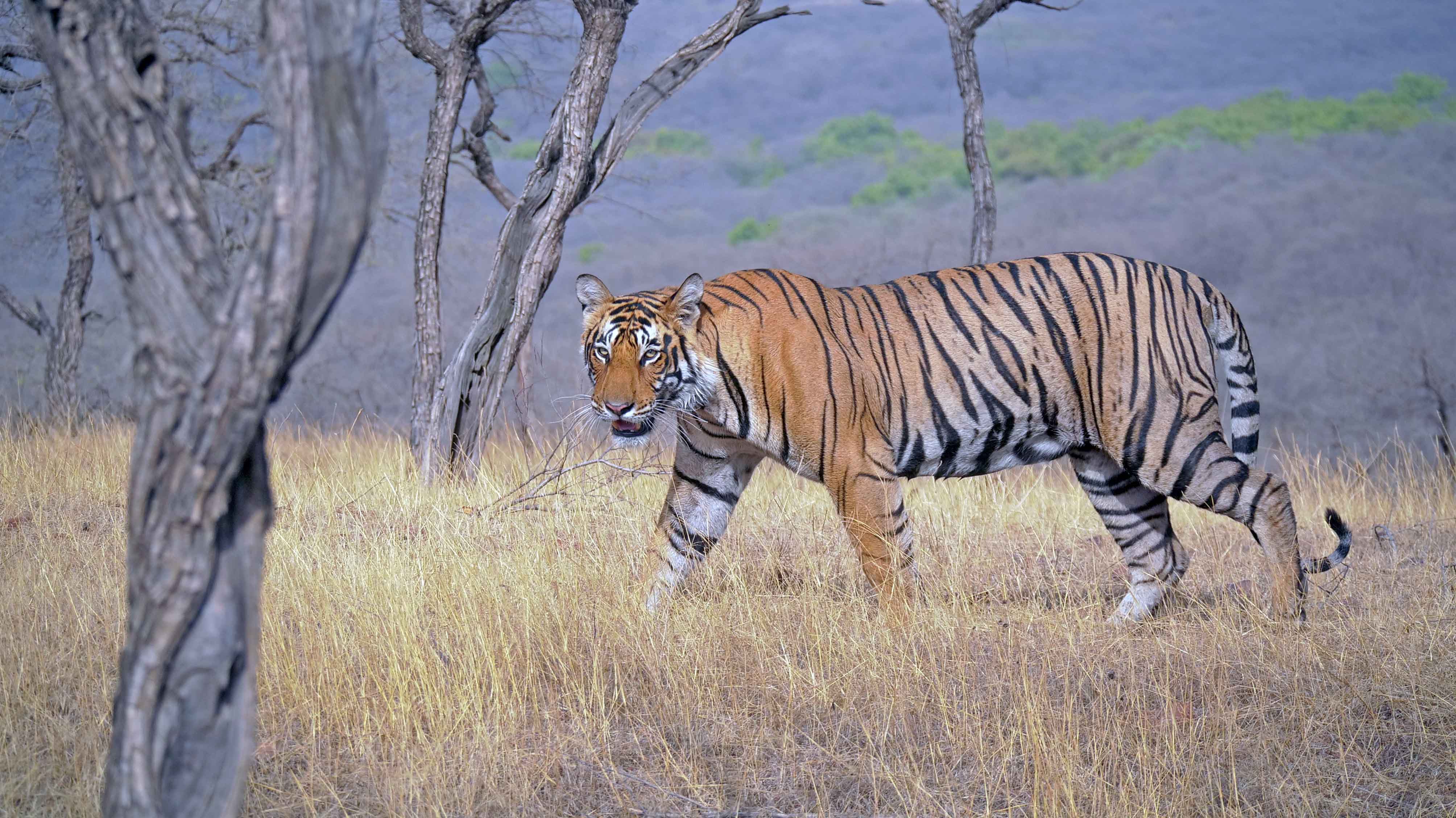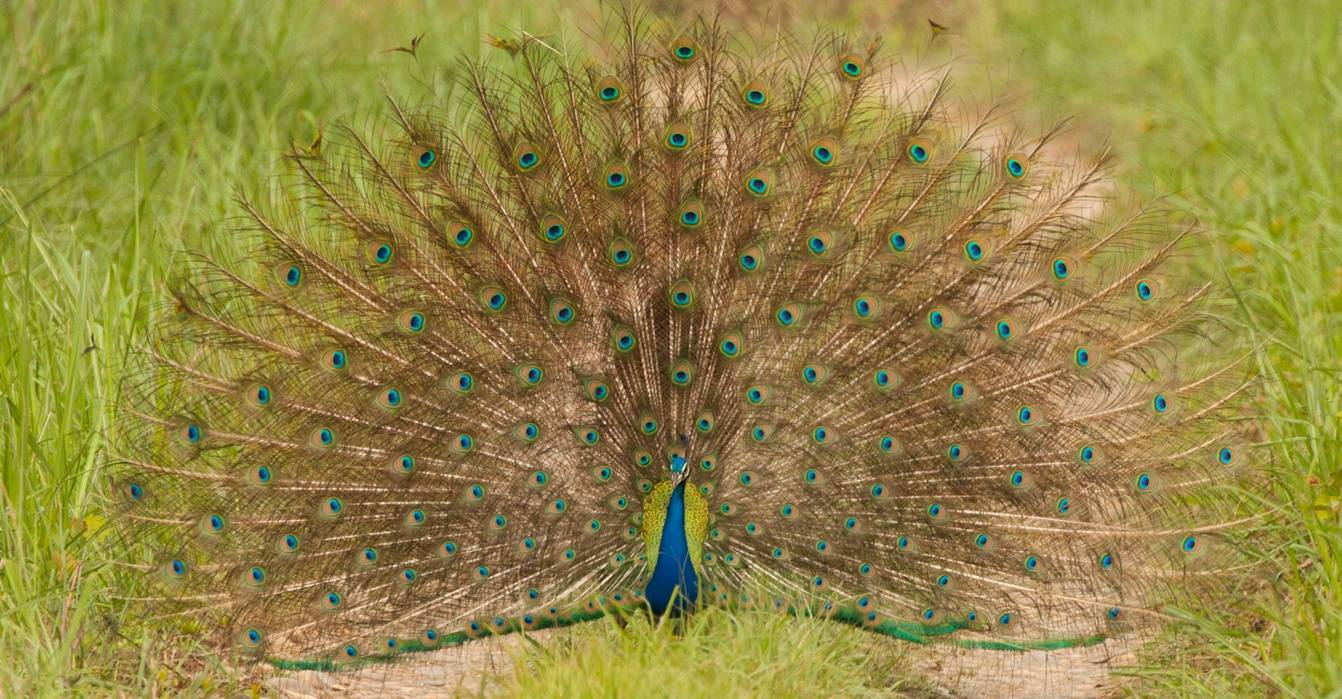
faqs

What is the best time to travel to India?
October through April is considered the main travel season to India as temperatures are cooler and make for more comfortable game drives. Tiger and other wildlife viewing may also be fantastic during the warmest months, so there’s something to be said for traveling during India’s summertime as well.
What are the best months for viewing tigers and other wildlife in India?
October through April is considered the main travel season to India as temperatures are cooler and make for more comfortable game drives. Tiger and other wildlife viewing may also be fantastic during the warmest months, so there’s something to be said for traveling during India’s summertime as well.
Where is the best place to see Bengal tigers in India?
The national parks we visit on our itineraries—Bandhavgarh, Kanha and Ranthambore—offer some of the best habitat in India to see Bengal tigers. The chances of observing tigers in these parks and reserves are quite a bit higher than in other areas of the country, as the terrain and the wildlife drive regulations allow us to effectively track these elusive animals and view them in a manner that is safe for both visitors and the tigers.
How common are tiger sightings in India’s national parks?
Tigers are elusive animals and have mastered the art of camouflage. It can be difficult to spot them in dense forests, especially if there is inclement weather. However, our itineraries are designed to capitalize on the best places to see the most possible tigers, particularly during the hot, dry season. Although some encounters are more distant or fleeting than others, the vast majority of our groups have seen tigers on their trips.
How close will we get to tigers on our India trip?
Our views of tigers can be unpredictable and vary tremendously. If we are lucky, we may see individual animals for longer periods in full view lounging by the side of the road or crossing the road directly in front of or behind our vehicles. Other times we may catch fleeting glimpses of them farther away through the thick forest and brush.
How will we travel around India while we are there?
On our Grand India adventure, we will travel between areas via individual cars, private busses and scheduled flights. From Delhi, we’ll fly south and continue by road to Bandhavgarh National Park, then on to Kanha National Park. There will be wildlife drives in open 4x4 safari trucks in both parks before flying to Kolkata, then to Jorhat, and then continuing by road to Kaziranga National Park. After a few more days of 4x4 game drives, we’ll fly back to Delhi where you’ll fly home.
What should I pack for my trip to India?
Temperatures during our Grand India adventure can get quite cold. North India is cold from November through January, and it can feel cold even in February and March, so dress in two to three layers. Bring a lightweight, waterproof rain jacket and pants in case of inclement weather, warm fleece and/or down jacket, warm hat and gloves, long sleeve shirts, and pants. Some guests also prefer to bring long underwear for morning drives in our open vehicles. You will want lightweight, moisture-wicking clothing, a sun hat and sunglasses. Although not required, long-sleeved shirts will help protect you from the sun during wildlife drives. Since rain is always a possibility, even during the dry season, plan to bring lightweight, waterproof rain gear.
What type of food is served on the India safari?
A combination of Western and traditional Indian meals are served on our India adventures, all prepared carefully in professional kitchens. Early morning breakfasts in wildlife parks will typically include eggs, bread or muffins, fresh fruit and coffee, tea and juice. Lunches and dinners vary between buffets and à la carte menus of Western and local cuisines. Lodges in more remote areas may offer local cuisine only, which includes both vegetarian and non-vegetarian options.
What currency will I need to use while traveling in India?
India’s currency is the Indian rupee (INR), and although U.S. dollars are widely accepted in India, we recommend exchanging money prior to arrival for the best exchange rate. Cash can also be converted upon arrival at exchange counters at the international airport in Delhi. It’s possible to exchange money at larger hotels as well, but the exchange rate won’t be as favorable. Credit cards are accepted throughout Delhi and at many accommodations. Visa and Mastercard are most widely accepted, but be sure to also have cash on hand for gratuities and other incidental purchases.
Will there be cell phone service or Internet connection on this trip?
Internet access will be available at all of our accommodations, and there will be phone service in Delhi, as well as in some remote areas of the country. With the focus of our trips on immersive nature and wildlife experiences, we encourage minimizing the use of electronics, so we ask that guests refrain from using technology during group activities.
Is the India trip appropriate for children?
The minimum required age for our India adventures is 15 years. The days begin very early in the morning (before sunrise) and go until late evening (after dinner) with very little down time. Long transfers can also be difficult for youngsters.
What are the physical requirements for this trip?
Natural Habitat rates our India trips as “easy to moderate,” which means guests must be able to walk unassisted for at least two miles over uneven terrain, climb multiple sets of stairs at some accommodations, and climb a short ladder to get into and out of our safari vehicles. A city walking tour could be as long as three miles, and wildlife drives can be bumpy and dusty.
